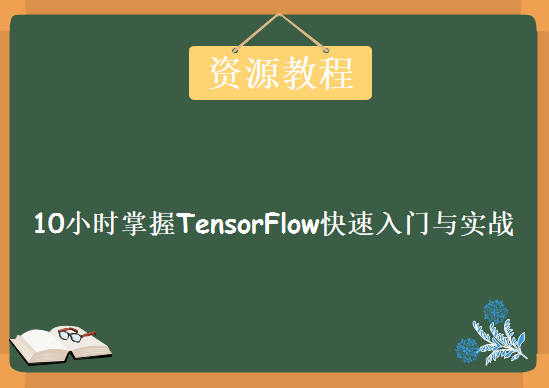
课程简介
在众多的深度学习框架中,TensorFlow 凭借其强劲的运算性能、高效的超大集群并行能力、生产环境部署的稳定性、丰富的语言接口以及支持灵活的模型设计等特点,成为目前最流行的深度学习框架。 目前,阿里、腾讯、京东、小米、网易、滴滴等国内知名互联网企业以及 Airbnb、Uber、Dropbox 等硅谷明星公司,都在生产环境中大规模地使用 TensorFlow。在谷歌内部,更有超过 80% 的软件项目采用了 TensorFlow。 掌握 TensorFlow 是从事人工智能相关工作的必备技能之一。
课程收获
1.快速掌握 TensorFlow 核心概念和架构;
2.熟练进行模型结构设计、训练及测试;
3.参数调优及损失函数设计的基本方法;
4.四个典型的 TensorFlow 应用场景实战(提供全部源代码);
5.懂得如何更好地为 TensorFlow 社区做贡献。
适合人群
1.不理解TensorFlow 算法模型及其计算过程,譬如张量、操作、占位符、数据流图、会话等。
2.对 TensorFlow 的模块和架构设计缺乏整体认知
课程目录
├─第一章:TensorFlow初印象
│ ├─01 – 课程内容综述.ts
│ ├─02 – 第一章内容概述.ts
│ ├─03 – TensorFlow产生的历史必然性.ts
│ ├─04 – TensorFlow与Jeff Dean的那些事.ts
│ ├─05 – TensorFlow的应用场景.ts
│ ├─06 – TensorFlow的落地应用.ts
│ ├─07 – TensorFlow的发展现状.ts
├─第七章:实战 TensorFlow 人脸识别
│ ├─51 – 第七部分内容介绍.ts
│ ├─52 – 人脸识别问题概述.ts
│ ├─53 – 典型人脸相关数据集介绍.ts
│ ├─54 – 人脸检测算法介绍.ts
│ ├─55 – 人脸识别算法介绍.ts
│ ├─56 – 人脸检测工具介绍.ts
│ ├─57 – 解析 FaceNet 人脸识别模型.ts
│ ├─58 – 实战 FaceNet 人脸识别模型.ts
│ ├─59 – 测试与可视化分析.ts
├─第三章:TensorFlow基本概念解析
│ ├─13 – 第三章内容概述.ts
│ ├─14 – TensorFlow模块与架构介绍.ts
│ ├─15 – TensorFlow数据流图介绍.ts
│ ├─16 – 张量(Tensor)是什么(上).ts
│ ├─17 – 张量(Tensor)是什么(下).ts
│ ├─18 – 变量(Variable)是什么(上).ts
│ ├─19 – 变量(Variable)是什么(下).ts
│ ├─20 – 操作(Operation)是什么(上).ts
│ ├─21 – 操作(Operation)是什么(下).ts
│ ├─22 – 会话(Session)是什么.ts
│ ├─23 – 优化器(Optimizer)是什么.ts
├─第二章:TensorFlow初接触
│ ├─08 – 第二章内容概述.ts
│ ├─09 – 搭建你的TensorFlow开发环境.ts
│ ├─10 – Hello TensorFlow.ts
│ ├─11 – 在交互环境中使用TensorFlow.ts
│ ├─12 – 在容器中使用TensorFlow.ts
├─第五章:实战 TensorFlow手写体数字识别
│ ├─34 – 第五章内容概述.ts
│ ├─35 – 手写体数字数据集 MNIST 介绍(上).ts
│ ├─36 – 手写体数字数据集 MNIST 介绍(下).ts
│ ├─37 – MNIST Softmax 网络介绍(上).ts
│ ├─38 – MNIST Softmax 网络介绍(下).ts
│ ├─39 – 实战MNIST Softmax网络(上).ts
│ ├─40 – 实战MNIST Softmax网络(下).ts
│ ├─41 – MNIST CNN网络介绍.ts
│ ├─42 – 实战MNIST CNN网络.ts
├─第八章:番外篇:TensorFlow 社区参与指南
│ ├─60 – 番外篇内容介绍.ts
│ ├─61 – TensorFlow 社区介绍.ts
│ ├─62 – TensorFlow 生态-TFX.ts
│ ├─63 – TensorFlow 生态-Kubeflow.ts
│ ├─64 – 如何参与 TensorFlow 社区开源贡献.ts
│ ├─65 – ML GDE 是 TensorFlow 社区与开发者的桥梁.ts
│ ├─66 – 课程总结.ts
├─第六章:实战 TensorFlow 验证码识别
│ ├─43 – 第六章内容概述.ts
│ ├─44 – 准备模型开发环境.ts
│ ├─45 – 生成验证码数据集.ts
│ ├─46 – 输入与输出数据处理.ts
│ ├─47 – 模型结构设计.ts
│ ├─48 – 模型损失函数设计.ts
│ ├─49 – 模型训练过程分析.ts
│ ├─50 – 模型部署与效果演示.ts
├─第四章:实战TensorFlow房价预测
│ ├─24 – 第四章内容概述.ts
│ ├─25 – 房价预测模型的前置知识.ts
│ ├─26 – 房价预测模型介绍.ts
│ ├─27 – 房价预测模型之数据处理.ts
│ ├─28 – 房价预测模型之创建与训练.ts
│ ├─29 – TensorBoard 可视化工具介绍.ts
│ ├─30 – 使用 TensorBoard 可视化数据流图.ts
│ ├─31 – 实战房价预测模型:数据分析与处理.ts
│ ├─32 – 实战房价预测模型:创建与训练.ts
│ ├─33 – 实战房价预测模型:可视化数据流图.ts
├─课堂介绍
│ ├─01 – 课程内容综述.txt
│ ├─04 – TensorFlow与Jeff Dean的那些事.txt
│ ├─06 – TensorFlow的落地应用.txt
│ ├─07 – TensorFlow的发展现状.txt
│ ├─08 – 第二章内容概述.txt
│ ├─09 – 搭建你的TensorFlow开发环境.txt
│ ├─10 – Hello TensorFlow.txt
│ ├─11 – 在交互环境中使用TensorFlow.txt
│ ├─12 – 在容器中使用TensorFlow.txt
│ ├─13 – 第三章内容概述.txt
│ ├─14 – TensorFlow模块与架构介绍.txt
│ ├─15 – TensorFlow数据流图介绍.txt
│ ├─16 – 张量(Tensor)是什么(上).txt
│ ├─17 – 张量(Tensor)是什么(下).txt
│ ├─18 – 变量(Variable)是什么(上).txt
│ ├─19 – 变量(Variable)是什么(下).txt
│ ├─20 – 操作(Operation)是什么(上).txt
│ ├─21 – 操作(Operation)是什么(下).txt
│ ├─22 – 会话(Session)是什么.txt
│ ├─23 – 优化器(Optimizer)是什么.txt
│ ├─24 – 第四章内容概述.txt
│ ├─25 – 房价预测模型的前置知识.txt
│ ├─26 – 房价预测模型介绍.txt
│ ├─27 – 房价预测模型之数据处理.txt
│ ├─28 – 房价预测模型之创建与训练.txt
│ ├─29 – TensorBoard 可视化工具介绍.txt
│ ├─30 – 使用 TensorBoard 可视化数据流图.txt
│ ├─31 – 实战房价预测模型:数据分析与处理.txt
│ ├─32 – 实战房价预测模型:创建与训练.txt
│ ├─33 – 实战房价预测模型:可视化数据流图.txt
│ ├─34 – 第五章内容概述.txt
│ ├─35 – 手写体数字数据集 MNIST 介绍(上).txt
│ ├─36 – 手写体数字数据集 MNIST 介绍(下).txt
│ ├─37 – MNIST Softmax 网络介绍(上).txt
│ ├─38 – MNIST Softmax 网络介绍(下).txt
│ ├─39 – 实战MNIST Softmax网络(上).txt
│ ├─40 – 实战MNIST Softmax网络(下).txt
│ ├─41 – MNIST CNN网络介绍.txt
│ ├─42 – 实战MNIST CNN网络.txt
│ ├─43 – 第六章内容概述.txt
│ ├─44 – 准备模型开发环境.txt
│ ├─45 – 生成验证码数据集.txt
│ ├─46 – 输入与输出数据处理.txt
│ ├─47 – 模型结构设计.txt
│ ├─48 – 模型损失函数设计.txt
│ ├─49 – 模型训练过程分析.txt
│ ├─50 – 模型部署与效果演示.txt
│ ├─51 – 第七部分内容介绍.txt
│ ├─52 – 人脸识别问题概述.txt
│ ├─53 – 典型人脸相关数据集介绍.txt
│ ├─54 – 人脸检测算法介绍.txt
│ ├─55 – 人脸识别算法介绍.txt
│ ├─56 – 人脸检测工具介绍.txt
│ ├─57 – 解析 FaceNet 人脸识别模型.txt
│ ├─58 – 实战 FaceNet 人脸识别模型.txt
│ ├─59 – 测试与可视化分析.txt


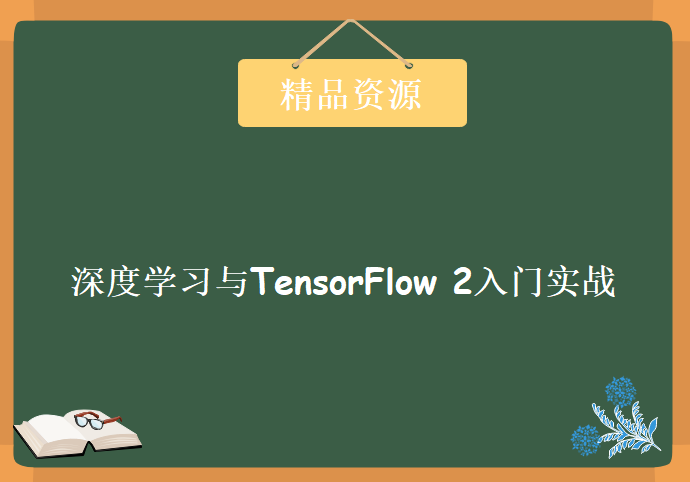


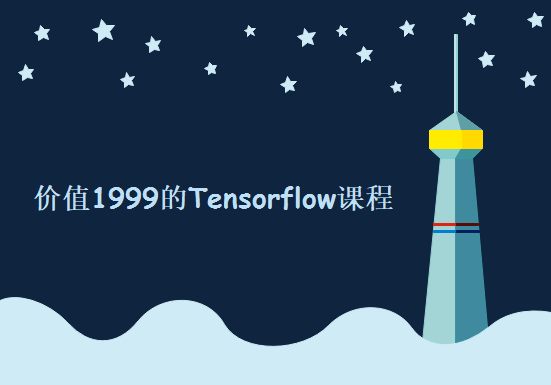

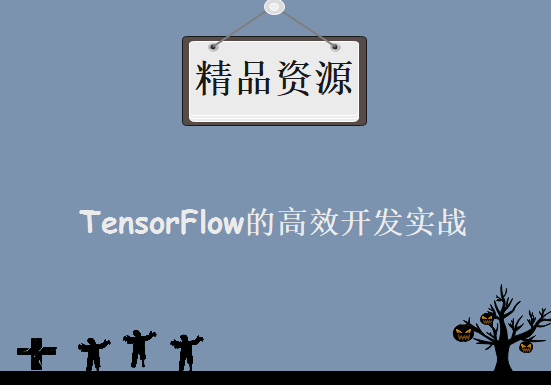
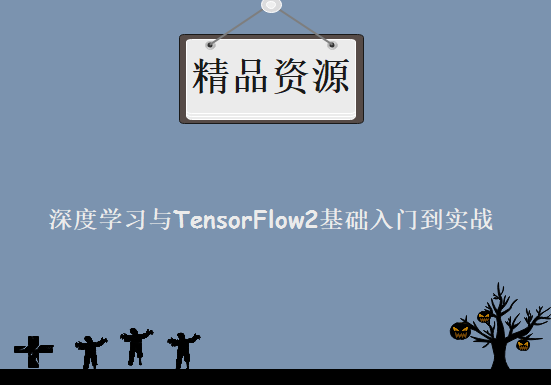

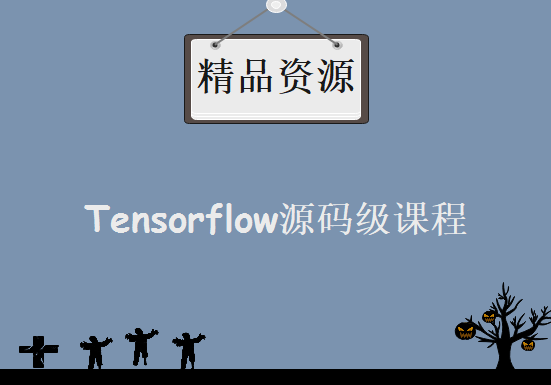
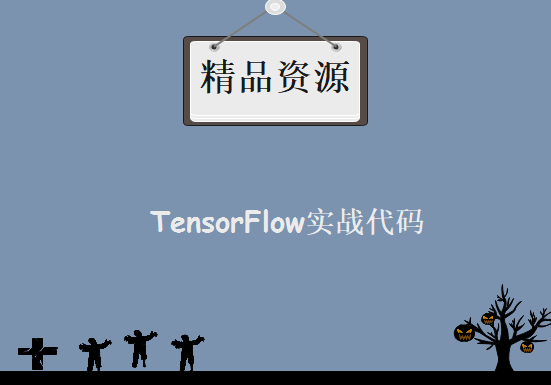
评论0